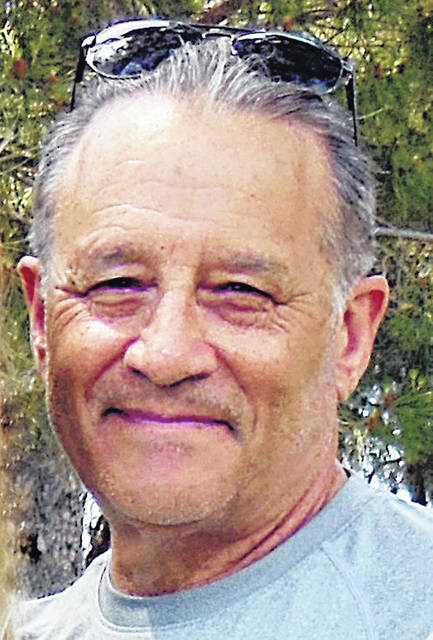
California is ablaze. Oregon is on fire. Together, their unprecedented burn is visible from the International Space Station. Homes have been wiped out and at least 20 people have died as the walls of flame storm through forests and towns at incredible speeds, exacerbated by Santa Anna winds. The fire velocity in many cases outruns the ability of inhabitants to escape, making current estimates of the number of deaths conservative at best.
Whenever there is tragedy or chaos, finger-pointing inevitably follows. Could the forest service do a better job of management? Probably. We’ve known for years that native American Indians did controlled, selective burns to limit the danger of massive wildfires. But there’s another inescapable fact about this worst-ever California burn that now collectively exceeds in acreage the size of the entire state of Connecticut. It’s the fact of global warming.
The United Nations just released a report indicating that the world will likely exceed temperature limits set for the decade by nations five years ago, revealing that the earth’s warming is exceeding earlier estimates. Stanford climate scientist Noah Diffenbaugh claims that the warming that has already occurred has “increased the odds of extreme events that are unprecedented in our historical experience.” According to NASA, the average temperature is up over 2 degrees Fahrenheit since 1880, sea levels are up, Arctic ice shields are down 13 percent per decade, and oceanic thermocline systems may be affecting weather systems in Western Europe and the west coast of the United States. Here in Ohio, 2,000 miles away from the west coast, the smokey winds of California’s fires have blown into our state.
Few are left to deny the evidence of global warming and its effects on our weather, and most agree now that we have serious work to do to save the planet for future generations. Reduce carbon emissions? Of course. Develop more renewable energy sources? Of course. Can Highland County alone change the world’s trajectory on climate change? Of course not. But our contribution is outsized, and we should continue our encouragingly positive efforts.
Hecate Highland Energy LLC is preparing to build “the largest municipal solar array in the country,” that’s according to the city of Cincinnati. The twin projects (Buford Highland Solar and Willowbrook Solar) will together produce approximately 400 megawatts of electricity. Hecate Energy has also announced its proposed New Market Solar Farm covering over 1,000 acres in the townships of Clay and Whiteoak totaling 100 megawatts of electricity. These projects will significantly add clean, renewable energy to the regional electrical grid. Estimates have it that these projects could add over $900,000 in service revenue to Highland County.
On the other side of Ohio, AEP is working on a 400-megawatt solar project. According to Kathiann Kowalski of the Energy Network News, “AEP Ohio has proposed 400 megawatts of new solar generation in the heart of Appalachian Ohio, and the development was expected to create thousands of jobs and millions in local revenue in an economically depressed part of the state.” These projects are subject to utility approvals and necessary funding, but combined they represent an outsized endeavor by not only Highland County, but the state of Ohio, to move our country toward climate change solutions.
Ohio also is also engaging in wind power development. As of 2019, Ohio produced about 740 megawatts of electricity from wind, mostly in the northwestern regions of the state. While wind currently amounts to only 1.7 percent of Ohio’s energy resources, regions around Lake Erie promise to be rich in wind potential.
The doubled-edged solar sword has an ironic blade. The sun bakes areas like California unmercifully, but paradoxically, the sun also provides a remarkable remedy to these deleterious effects. Solar-paneled energy eliminates the harmful effects of carbon-based energy that heats up the environment. These Ohio solar farms, once fully underway, promise to produce thousands of jobs, and that’s a sunny scenario for the Buckeye State.
Bill Sims is a Hillsboro resident, an author, and runs a small farm in Berrysville with his wife. He is a former educator, executive and foundation president.


